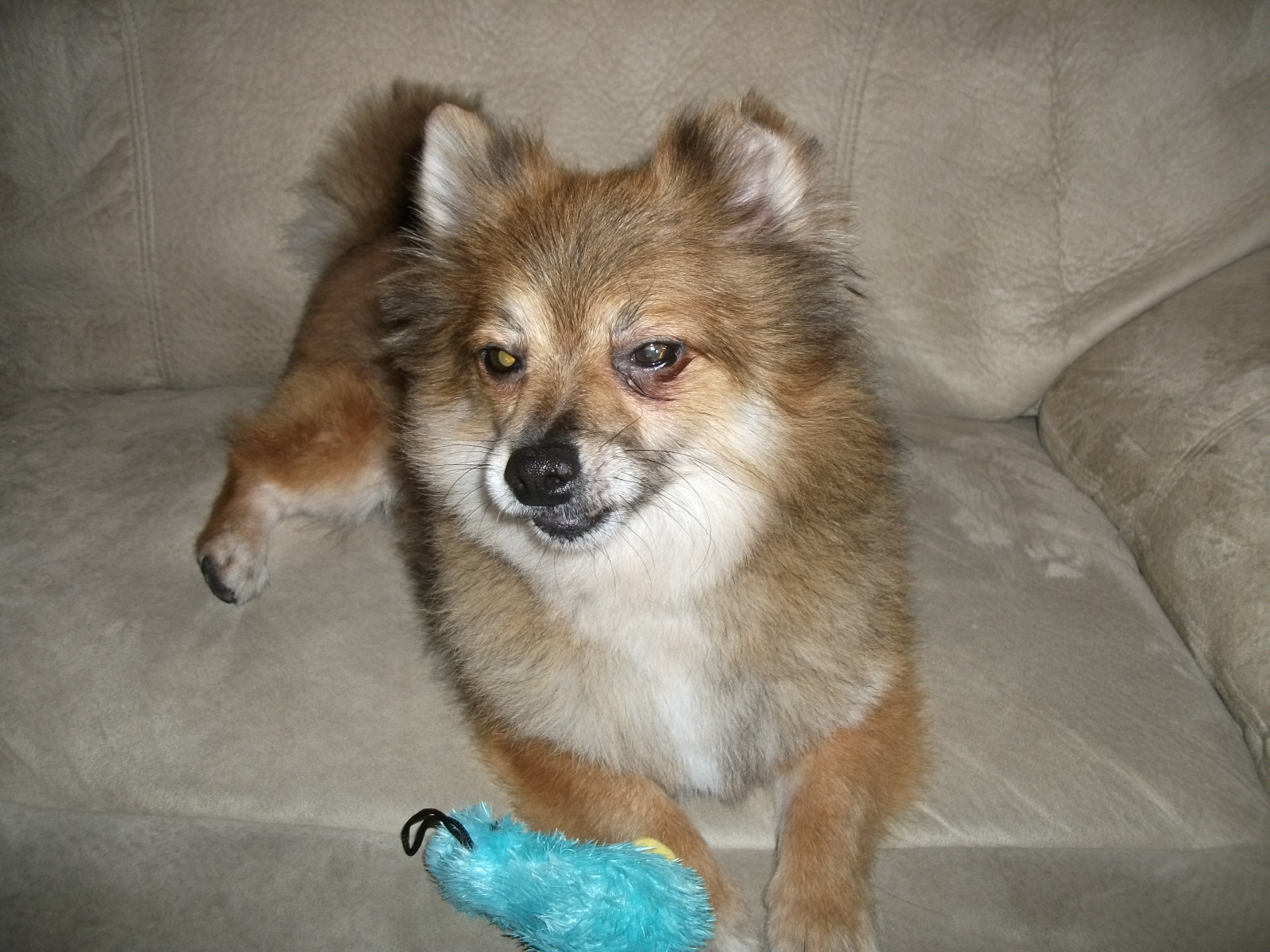Benefits of a Raw Diet

Written by Christi Gephart, RD/LD All is Well Pet
Our dogs have found a special place in our hearts. We share so much with them; our beds, couches, kisses, meals, the list could on! When you’re getting ready to hand them a part of your meal, have you ever stopped to think about what your dog should really be eating?
Let’s start the answer to that question by looking at their mouth. Dogs have a hinged jaw, meaning it only moves up and down, not side to side like ours. They also have very sharp teeth. Both of these attributes are made for eating large chunks of meat quickly. This makes sense since dogs are descendants of wolves. Wolves hunt live prey and need to tear flesh and muscle and crush bone. Our domesticated dogs no longer need to go out and hunt for food, but their digestive tract is still made to eat and digest meat and bone.
The next telling sign that meat (protein) is the biologically appropriate diet for dogs is in their enzymes. Humans secrete an enzyme called amylase in their saliva, this starts the digestive process as soon as you take a bite of something. Dogs don’t have amylase, so apart from tearing food into smaller pieces, digestion for them doesn’t begin until their stomach. No big deal right? If you’re feeding your dog a diet meat based diet that hasn’t been cooked, i.e. a raw diet, it’s not. Otherwise yes, it is.
Aside from their teeth and enzymes, dogs also have a much shorter digestive tract than humans do. A mid-size dog has a digestive tract that’s about 18 ft. while a human’s is roughly 30 ft. Why the big difference? Yup, it’s the diet again. Carbohydrates (the main stay of the human diet) take a much longer time to digest so we need a longer digestive tract to extract the nutrients and eliminate the waste. Protein doesn’t take as long to digest so dogs don’t need as much time to get the needed nutrients out of their food when they’re eating an appropriate meat based diet.
When I say a meat based diet, I mean a raw meat diet. Yes, uncooked, raw meat with limited fruits, vegetables and supplements for vitamin/mineral needs. Before you start throwing hamburger meat to your dog for dinner please know that it needs to be a balanced diet. You can most certainly make a diet at home, just do your research first because providing a healthy, balanced diet is the base for your dog to have a long, happy life.
I’m sure you’re thinking about salmonella, e. coli and all the other bacteria associated with raw meat. Dogs were made to take care of this in two ways. The first is their short digestive tract. It limits the amount of time bacteria have to take hold in the gut and start causing problems. The other built in defense is their stomach acid. It’s very very hard for bacteria to survive the acidic environment in a healthy dog’s stomach. Several raw dog food companies have even taken a further step to put our minds at ease. They put the food through a process to kill any bacteria before they send it out. Even though dogs are designed to take care of this themselves, it doesn’t need to be a worry. Just look for a raw food that says HPP processed.
The best part about feeding a raw diet? Their poop. Yes, I said poop. When your dog is eating raw, most of the food is being absorbed and used by their digestive system so there is very little waste. Aside from the smaller amounts of poo you have clean up, it doesn’t smell as much either (seriously).
Changing your dog to a raw food diet may involve a transition stage. Some dogs are just fine to switch cold turkey though it's best to slowly integrate any new food to avoid digestive upset. This transition time is different for every dog and can last anywhere from a few days to a few months.
There are many more benefits to feeding your dog a raw diet and we’d be happy to talk to you more about it at All Is Well. Most of all, nature makes sense!



